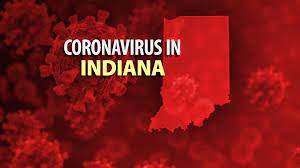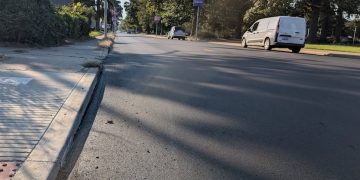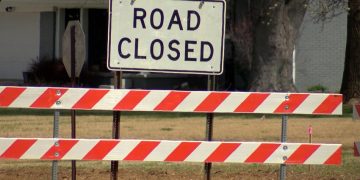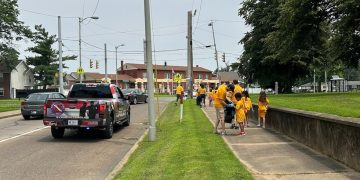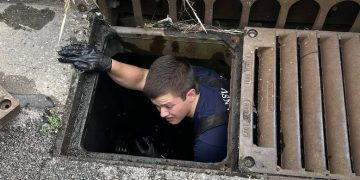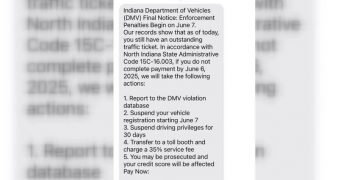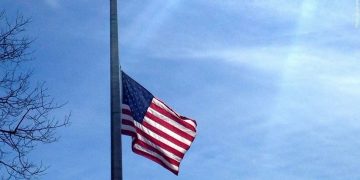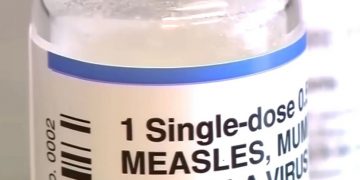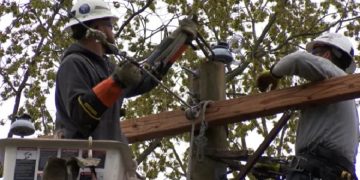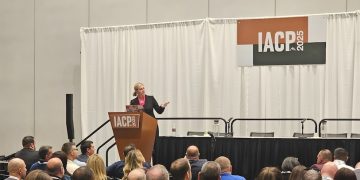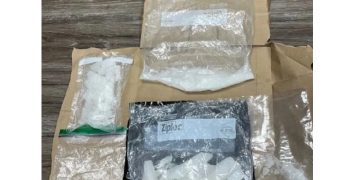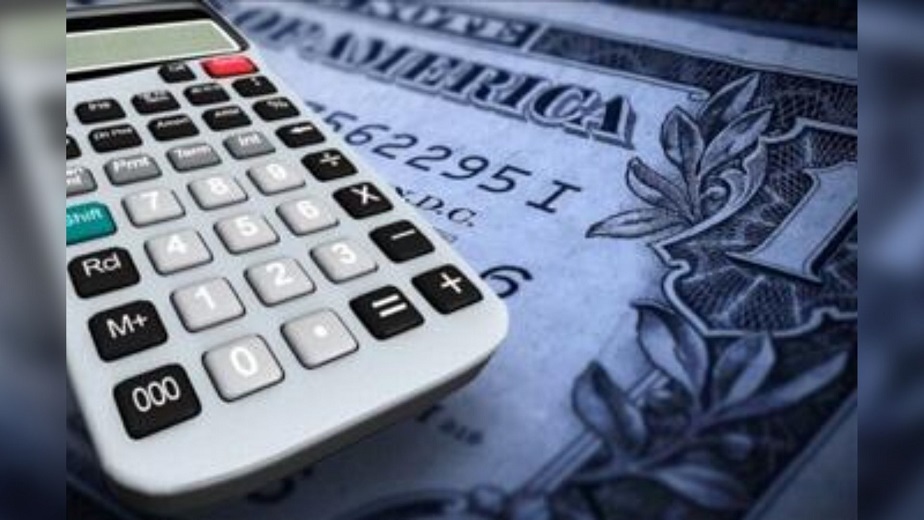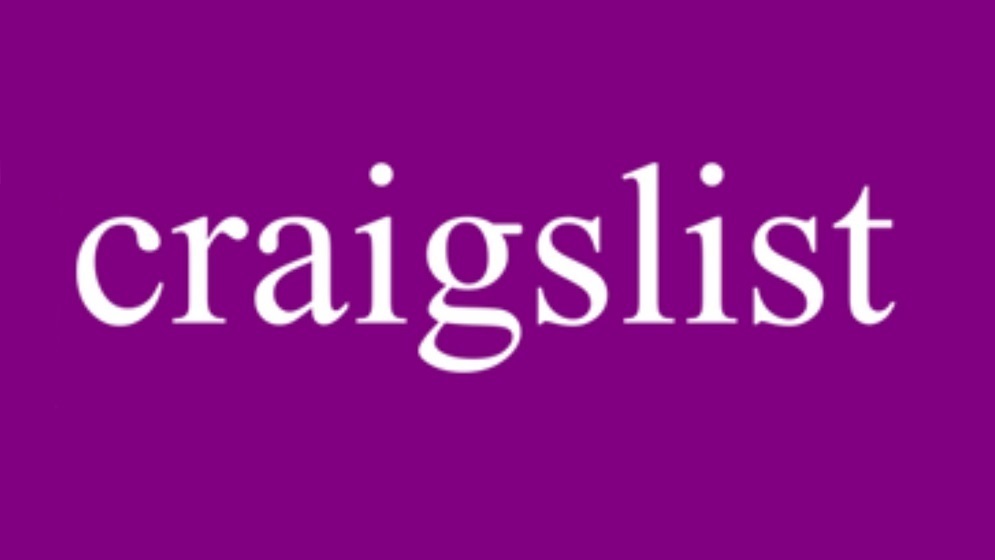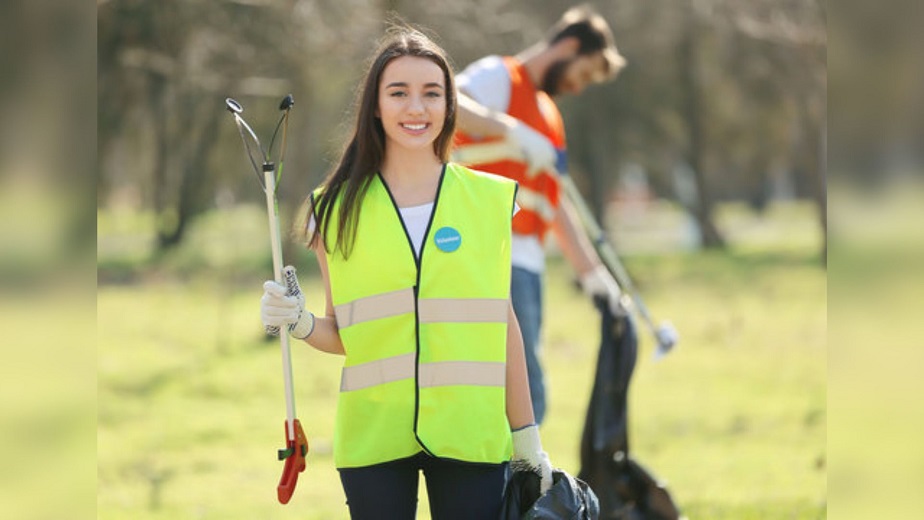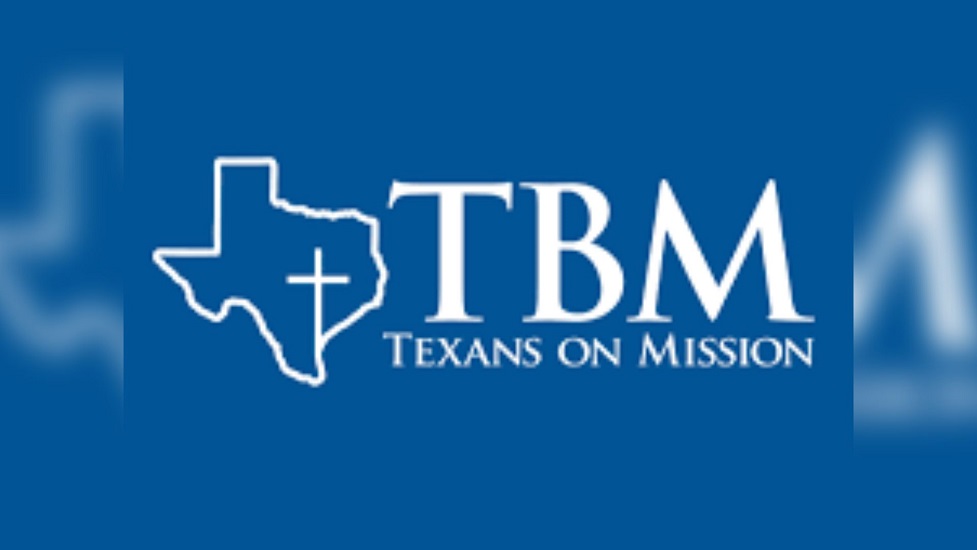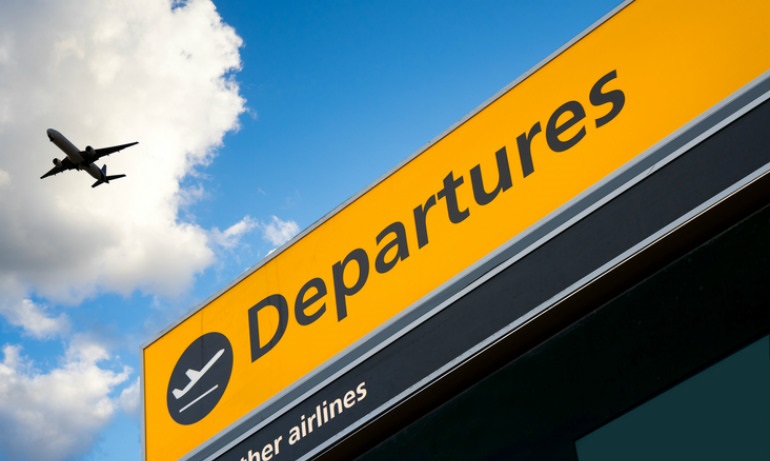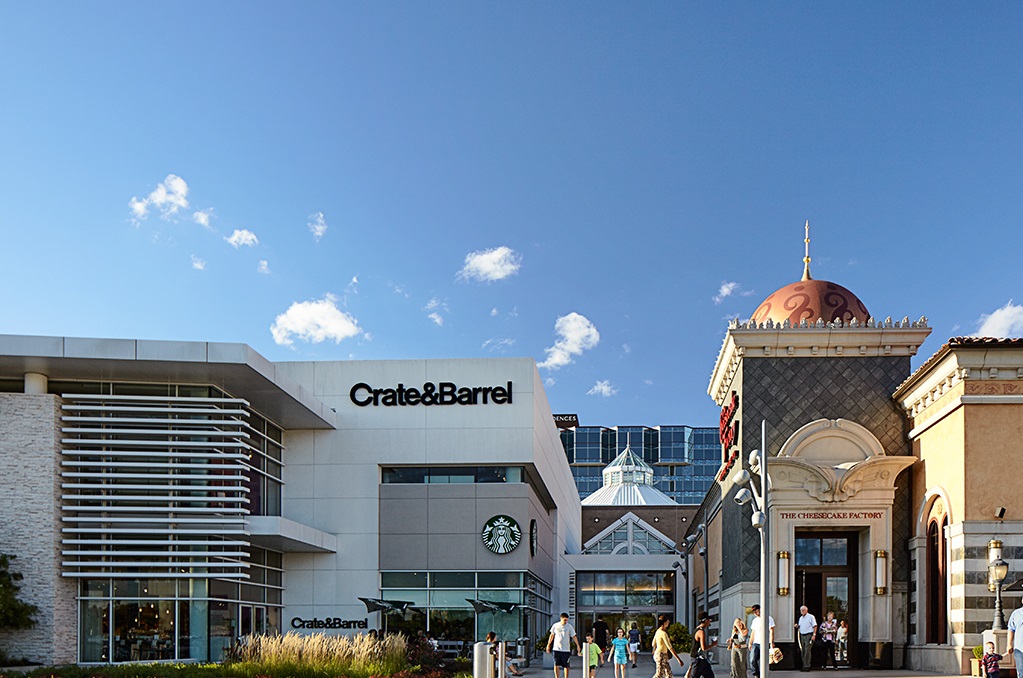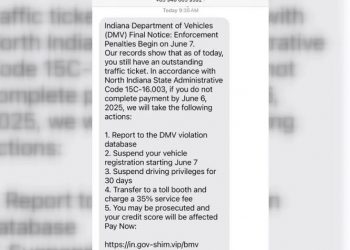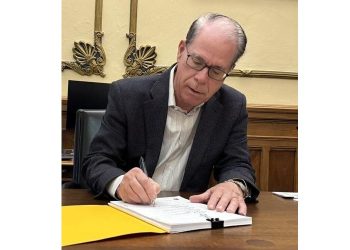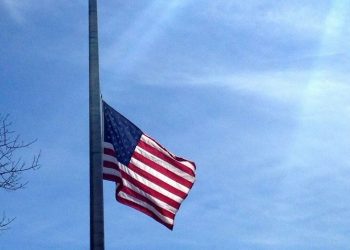INDIANAPOLIS — Indiana officials have yet to describe any big plans for the influx of federal money expected from the $1.9 trillion COVID-19 relief package that Congress approved this week.
Preliminary estimates show roughly $5.8 billion will be directed toward Indiana. About $3 billion would go directly to state government, and $2.6 billion to cities and counties and $200 million for a state capital projects fund, said Rachel Hoffmeyer, a spokeswoman for Republican Gov. Eric Holcomb.
“Greater details should come in future guidance and communication,” Hoffmeyer told The (Fort Wayne) Journal Gazette.
State lawmakers are looking to have a say in how that money will be spent.
The state was also allocated $2.4 billion in pandemic relief funding last year. That aid arrived after the 2020 legislative session ended and was distributed by Holcomb’s administration with little formal involvement by legislators for uses such as public health agency expenses and business support and rental assistance programs.
Republican Senate President Pro Tem Rodric Bray told reporters Thursday that he didn’t think the federal money was needed to cover ongoing state spending but should go toward targeted programs.
“If it goes to schools, to help schools in particular with things like remediation for these kids that just kind of lost a step in this education year,” Bray said. “We want it to help the industries, like the hotel and the hospitality industries, that have been so hard hit over the last 12 months or so.”
Indiana’s state tax collections didn’t take the major hit that was feared last spring and are running about 4% higher than expected when the current two-year $78 billion state budget was adopted in 2019.
Holcomb hasn’t yet offered his ideas for using the new federal funds. Leaders in other states have proposed big projects that have long been on their to-do lists, including high-speed internet for rural areas and drinking water improvements.
Indiana lawmakers are already working on a new two-year state budget to start in July. Some programs in that budget plan could now be covered by federal relief money. For instance, the House proposed a $150 million learning remediation program, $50 million in health grants and $30 million for small business assistance.
